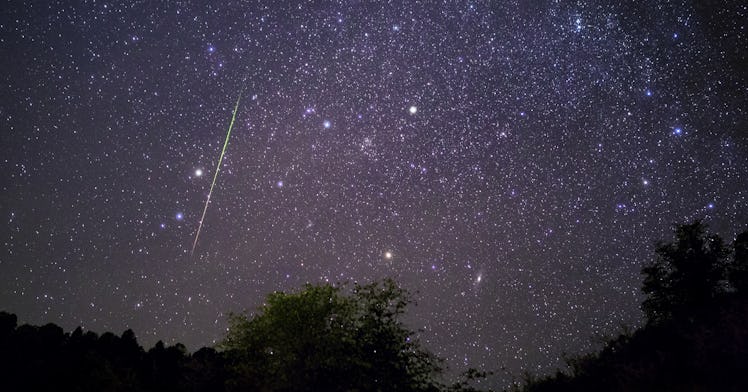It’s Not Too Late to Catch the Leonids Meteor Shower
Here's everything you need to know about November's cosmic show

The Leonid meteor shower might have technically peaked on November 17, but there’s still plenty of time to catch the show. And with the moon setting early and in a relatively dim waxing crescent phase, it should be easy to see the showers.
The Leonids happen when the Earth’s atmosphere crosses the orbital path of the comet Tempel-Tuttle, burning up pieces of debris left in its wake. The comet is named after its discoverers, and the shower is named for the constellation, Leo, from which it appears to radiate.
The best hours to see the show, which is still going on, are between midnight and dawn. That might make the Leonid shower more of a date-night thing than a bring-the-kids affair, but it’s still worth it. Find an open area as far away from light pollution as possible and lay back, giving yourself a wide view of the sky. The aforementioned dearth of moonlight and the fact that Leonid meteors are on the brighter side and feature persistent trains mean you shouldn’t have any difficulty making them out.
Every 33 years or so, the Leonids produce what’s called a meteor storm, in which more than 1,000 meteors can be seen every hour. Particularly active storms can reach staggering rates of 100,000 per hour. The last Leonid meteor storm occurred in 2002. This means that, unfortunately, 2020 is not a storm year. That doesn’t mean it’s not worth checking out, however.
The Leonids will remain active until November 30, but activity tends to taper off the further from the peak you look. That does mean, still, that a Thankgsiving evening affair could include some stargazing with the immediate family or your pandemic pod. Additionally, the moon is only getting brighter as the days go on. So for the best views, it’s in your interest to try to catch a glimpse sooner rather than later.
This article was originally published on